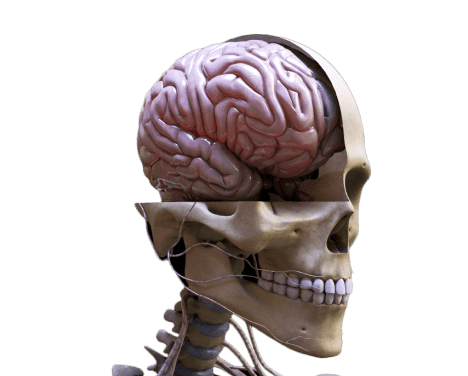Accident Reconstruction
Improper Beam Design Causes Collapse
When structural design fails, the consequences can be catastrophic. This legal animation demonstrates how an improperly designed beam led to a devastating collapse, highlighting the critical mistake of not using a thicker beam.
Critical Failure: When a Beam Becomes the Breaking Point
When structural design is flawed, the consequences can be devastating.
This legal animation reveals how a single design error—a beam that was too thin to support the intended load—set off a chain reaction that ended in a catastrophic collapse. Through detailed visual comparisons, the animation highlights what should have been done differently, showing the stark contrast between improper and proper beam construction. It walks viewers through the exact sequence of events that led to the accident, clearly illustrating how the lack of structural integrity caused the failure. As a result, the victim suffered a severe spinal cord injury, resulting in paraplegia. This case powerfully underscores how even minor engineering miscalculations can have life-altering consequences.
A side-by-side comparison illustrates the difference between an improperly constructed beam and a correctly built one, highlighting variations in size and demonstrating how proper construction allows the right beam to safely support significantly more weight.
The animation vividly depicts the moment the structure collapses due to the under-designed beam, sending debris crashing down. This sequence connects the structural failure to the resulting paraplegic injury, emphasizing the real-world human cost of engineering negligence.
The animation focuses on the injuries sustained during the collapse, detailing the impact on the victim’s spine. It illustrates how the force of the falling structure caused severe spinal compression, leading to a permanent paraplegic injury and complete loss of leg function.
Accident Reconstruction
Legal Animation for Accident Reconstruction
You may ask why a legal animation would be helpful when reconstructing an incident. The answer is simple. Animations demonstrate liability by showing that a collision could have been avoided if a certain party avoided negligent behavior. For example, without the use of a visual aid, it would be challenging to depict to a jury the exact location of a vehicle in reference to a place they might have never been.
Oftentimes, we find that the facts in a case are complex and challenging to understand for the average person. In a society that is inundated with visual media, it’s critical to be able to teach them the ins and outs of a situation in a way that they’ll be able to understand. If you’ve heard somebody say “I’d have to see it to believe it,” then you know the extraordinary value of providing a visual display for the jury in order for them to understand.
Mark Dombroff says it best: “The varied uses of courtroom visual aids are limited only by your imagination. Legal graphic consultants and artists can be an important part of your team, in helping you highlight salient points, increase comprehension, illustrate the unknown and hard-to-imagine, permit audiences to digest large amounts of data quickly and easily, increase critical events in an evidentiary chain, add dramatic effect [and] make your presentation effective.”
Legal Graphics Help Jurors Decide
Jurors are more likely to sympathize with your client’s injuries when they see that the defendant’s actions were blatantly negligent. Adjusting points of view allows jurors to evaluate a driver’s actions from multiple angles. We work with such precision that our animations have actually been used as substantive evidence, not just demonstrative.
In our extensive experience developing crash reconstruction animations, we’ve done trucking collisions, multi-vehicle collisions, low-speed spine injuries, motorcycle collisions, and many other kinds of incidents. We perform FARO scanning, topographical mapping, forensic analysis, and nighttime visibility studies to determine the precise circumstances under which the incident occurred.
Fox Animation Engineering - Industry Leader for Legal Graphics
Our industry-leading legal graphics have been used by some of the top attorneys in the country. We’re able to achieve this level of excellence because our engineers are the animators. We have certified medical illustrators, medical practitioners, and 3D modeling engineers that collaborate together to create our state-of-the-art animations.

